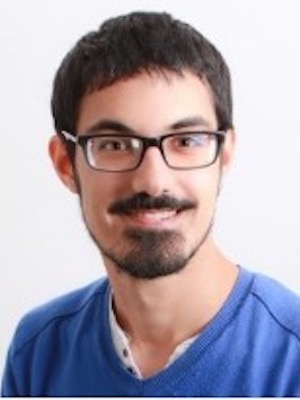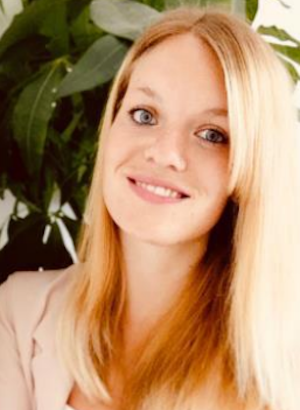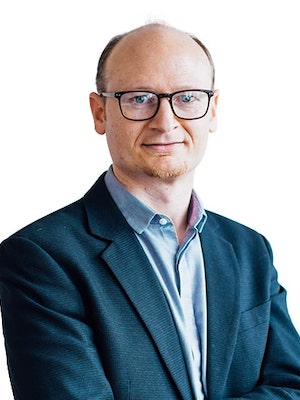
Swiss Summer School 2023
Organic Synthesis

Swiss Summer School 2023
Organic Synthesis
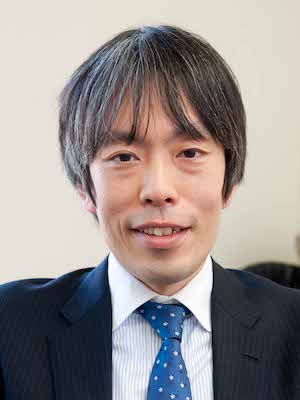
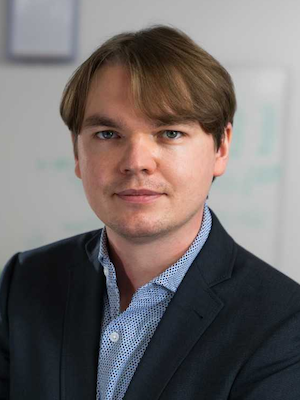
Prof. Dmitry Katayev, University of Bern (Switzerland)
Dmitry Katayev studied chemistry at D. I. Mendeleev Institute in Moscow and earned his PhD in Organic Chemistry from the group of Prof. Peter Künding at the University of Geneva (CH) in the end of 2012. Awarded by the Swiss National Science Foundation (SNSF) fellowship in 2013 he moved to the group of Prof. Lukas Gooßen at TU Kaiserslautern (DE) as a postdoctoral researcher. In 2015, he joined the group of Prof. Antonio Togni at ETH Zürich (CH) under SNSF return fellowship. He was later awarded the SNSF Ambizione grant and the Holcim Stiftung and started as a group leader at ETH Zürich in mid. of 2017. As a recipient of the SNSF Eccellenza Professorial Grant, he joined the University of Fribourg (CH) as an Assistant Professor in early 2021. Since October of 2022, he is an Assistant Professor with Tenure Track in Organic Chemistry at the University of Bern (CH). His research is focused on developing innovative catalytic strategies for molecular design that are driven by sustainable energy sources and utilize readily available functional group transfer reagents.
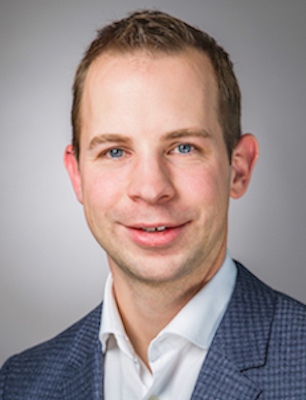
Prof. Christof Sparr, University of Basel (Switzerland)
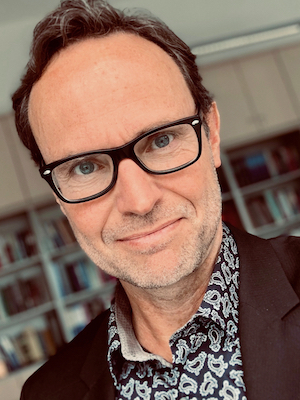
Prof. Peter Schreiner, Justus-Liebig University, Giessen (Germany)
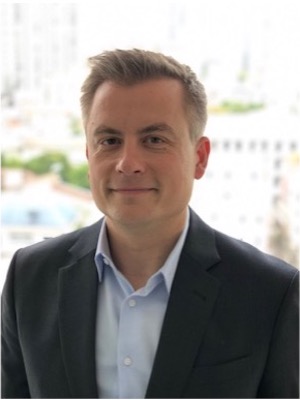
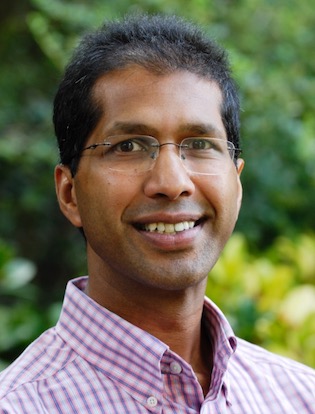
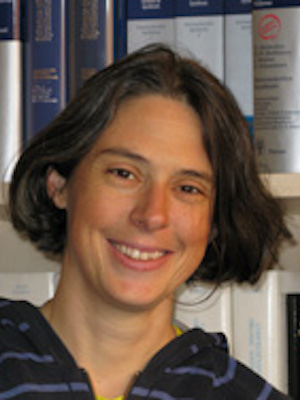
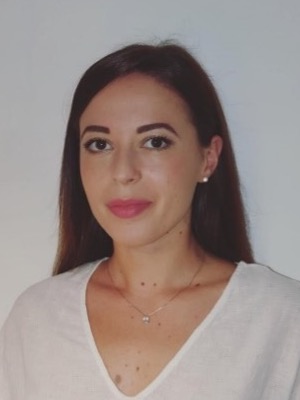
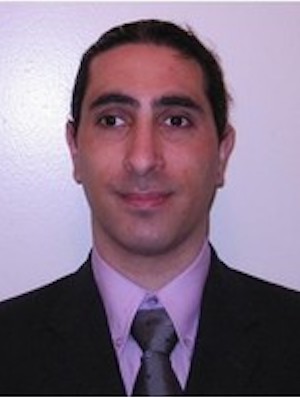
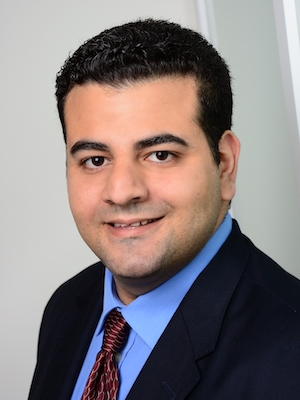
Ahmed Mahmoud, Chemspeed
Ahmed Mahmoud is a chemical engineer and material scientist by training with extensive experience in laboratory automation. He did his masters in 2014 the elite program of advanced materials and processes (MAP) and his research in the Max-Planck institute (MPI) for the science of light investigating the synthesis and application of gold and silver photonic nanostructures. He then did his PhD research at the University of Erlangen-Nürnberg in the institute of particle technology and worked on developing automation systems and high throughput synthesis and experimentation for advanced opto-electronic materials such as quantum dots and perovskites for display and solar cell applications. Ahmed worked afterwards in 2019 at Clariant GmbH in Frankfurt in the R&D sector, group technology and innovation (GTI) in the high throughput experimentation laboratory as an automation scientist working with a variety of robotic systems and platforms serving diverse business units within the corporation. He currently works as a workflow architect in the business unit material science and life science designing and translating workflows for different companies and organizations across the globe to automated solutions at Chemspeed Technologies, Füllinsdorf.
